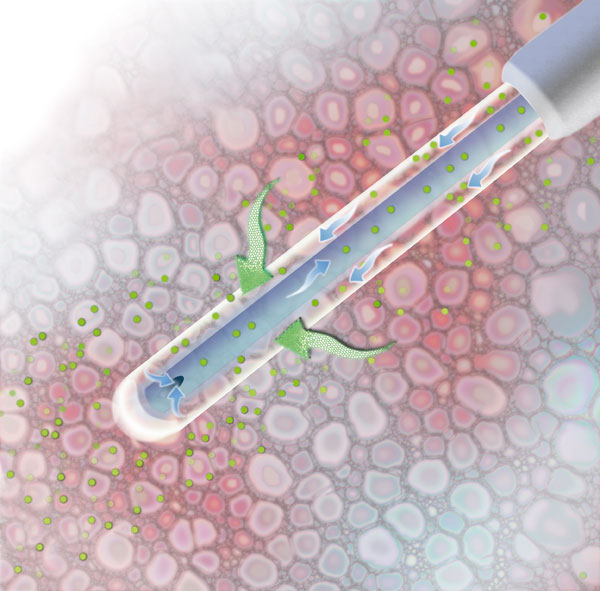About aneurysmal subarachnoid hemorrhage
Aneurysmal subarachnoid hemorrhage (aSAH) is a type of stroke that affects nearly 20,000 people in the United States per year, with an incidence of approximately 11 per 100,000 person-years. This life-threatening condition often results in significant morbidity among survivors. These patients are at risk for multiple intensive care unit complications, including stress cardiomyopathy, respiratory failure, and hospital-associated infections. However, a critical factor influencing long-term outcomes in aSAH is the occurrence of delayed cerebral ischemia (DCI) that causes secondary neuronal injury to otherwise healthy brain tissue.
Management of aSAH
After neurosurgeons secure a ruptured aneurysm, aSAH patients are typically admitted to a neurosciences intensive care unit for about 14 days for close monitoring. During this period, medical teams perform serial neurologic examinations to monitor for the development DCI. Patients who develop symptoms suggestive of DCI are evaluated for cerebral vasospasm, a complication of blood breakdown products in the subarachnoid space. Patients with cerebral vasospasm are initially managed medically with blood pressure augmentation, with refractory cases treated via endovascular therapy with intra-arterial vasodilators.
Challenges in aSAH
A significant challenge in managing patients with aSAH is detecting DCI before symptoms develop. This is especially challenging for patients who have an unreliable neurologic examination, such as those in a coma. Early detection is crucial as it allows for prompt bedside interventions to prevent secondary neuronal injury and potentially improve outcomes.
What is CMD
Cerebral microdialysis (CMD) is an advanced neuromonitoring technology that offers continuous, real-time assessment of metabolic changes at the cellular level in brain tissue. CMD involves the insertion of a semi-permeable catheter into the brain via a single burr through the skull. Small molecules in the extracellular space surrounding neuronal tissue can then diffuse into the catheter and be extracted for analysis. A microdialysis pump infuses a microdialysate into the catheter at a controlled rate, ensuring equilibrium between the metabolites in the collected and cerebral interstitial fluid. The microdialysate is then analyzed in the neurosciences intensive care unit by specialized neurocritical care nursing.


The primary metabolites measured hourly include glucose, pyruvate and lactic acid. An elevated lactate/pyruvate ratio in the setting of normal glucose levels is suggestive of cellular anaerobic metabolism. Patients at risk for developing DCI will exhibit rising levels of interstitial lactic acid and decreasing pyruvate levels, a metabolic signature of cerebral ischemia. This data enables neurointensivists to intervene proactively by optimizing cerebral perfusion pressure, adjusting systemic and cerebral blood glucose levels, managing body temperature to control metabolic demands, and monitoring for subclinical seizure activity. CMD provides early detection of metabolic changes, often hours before clinical symptoms appear, allowing for timely interventions.
Summary
The principle of “time is brain” has been well-supported by research over the decades. At Rush University Medical Center, our neurosciences intensive care unit is unique in Illinois for offering CMD. This cutting-edge technology allows our neurointensivists and neurosurgeons to provide early, precision-level medicine to each patient. By doing so, we hope to improve the neurologic outcomes of this morbid condition.

